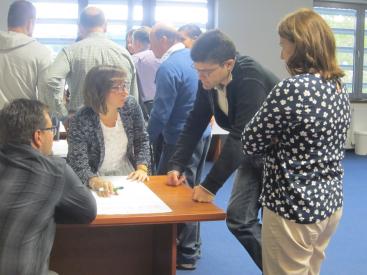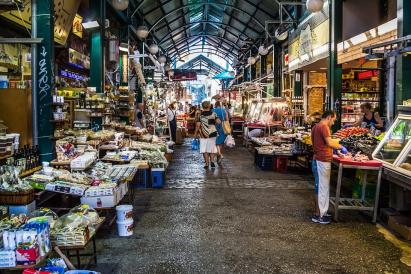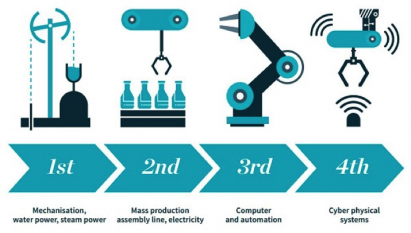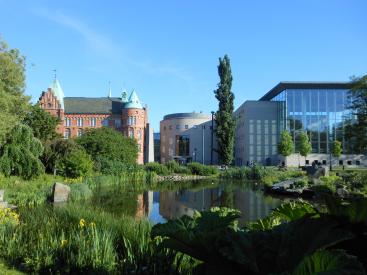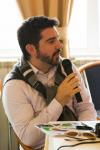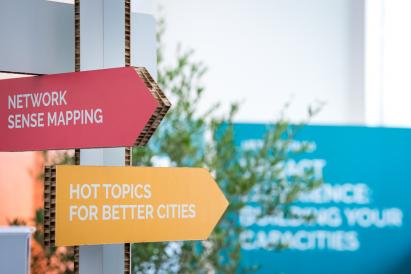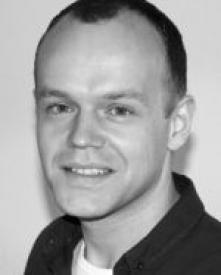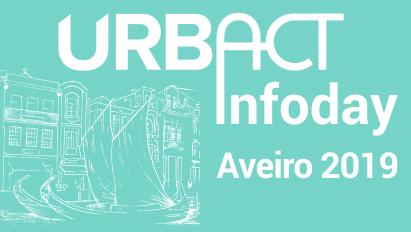Can nature make your city climate-resilient?
Among the headlines of summer 2017: disastrous floods in the South of England, Istanbul and Berlin, extreme water scarcity in Rome, wild fires damaging homes on the Croatian coast, the Côte d'Azur and elsewhere… The magnitude and frequency of these and other events indicate that climate change is already a reality, and the impacts will be even bigger in the future. Yes, we need to reduce greenhouse gases to limit climate change, but equally urgent: we need to adapt to the remaining impacts. All cities, depending on their geographical position, are likely to experience prolonged and more intensive heatwaves or droughts, more frequent wild fires, coastal flooding, or an increase in the frequency and intensity of heavy rainfall with the associated threat of urban flooding, river flooding or landslides. How can cities cope with these huge predicted impacts of climate change in the future, even when they are faced with tight budgets? Can nature be a solution?
Malmö enjoys its green infrastructure solutions

